Let’s continue to explore more concertos for unique instruments. The Argentinian composer and virtuoso performer Astor Piazzolla (1921-1992) revolutionized the tango by turning disreputable and downright earthy folk music into a sophisticated form of art. Considered the father of the “tango nuevo,” Piazzolla incorporated elements from jazz and classical music into the traditional tango. This fusion of the tango with a wide range of recognizable Western musical elements produced a new and unique musical style. Piazzolla also integrated novel instruments into his compositions, such as the saxophone and electric guitar.
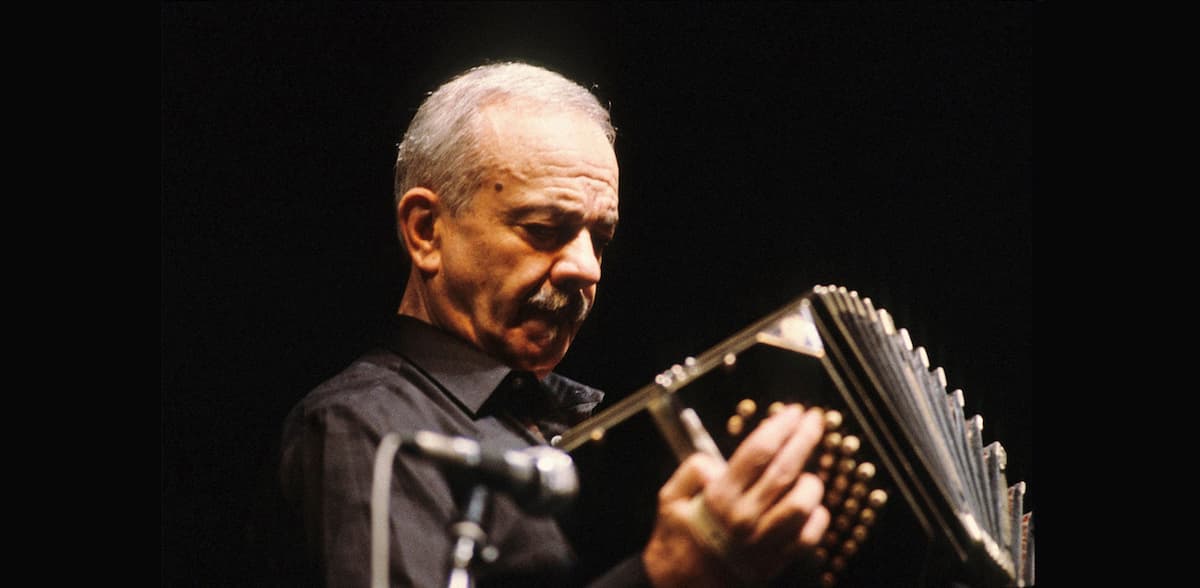
Astor Piazzolla playing the bandoneón
However, Piazzolla’s favorite instrument, although not initially, was the bandoneón. “The first bandoneón that I had,” he remembered, “my Papa gave me when I was eight years old. I was happy, believing that it was the skates that I had asked for many times. That was deceptive, however. In place of the skates I encountered an apparatus that I had never seen in my life. Papa sat himself on a chair, placed the thing between my arms, and said to me: Astor, this is the instrument of the tango, I want you to learn to play it.”
Astor Piazzolla: “Aconcagua,” Concerto for Bandoneón, String Orchestra and Percussion
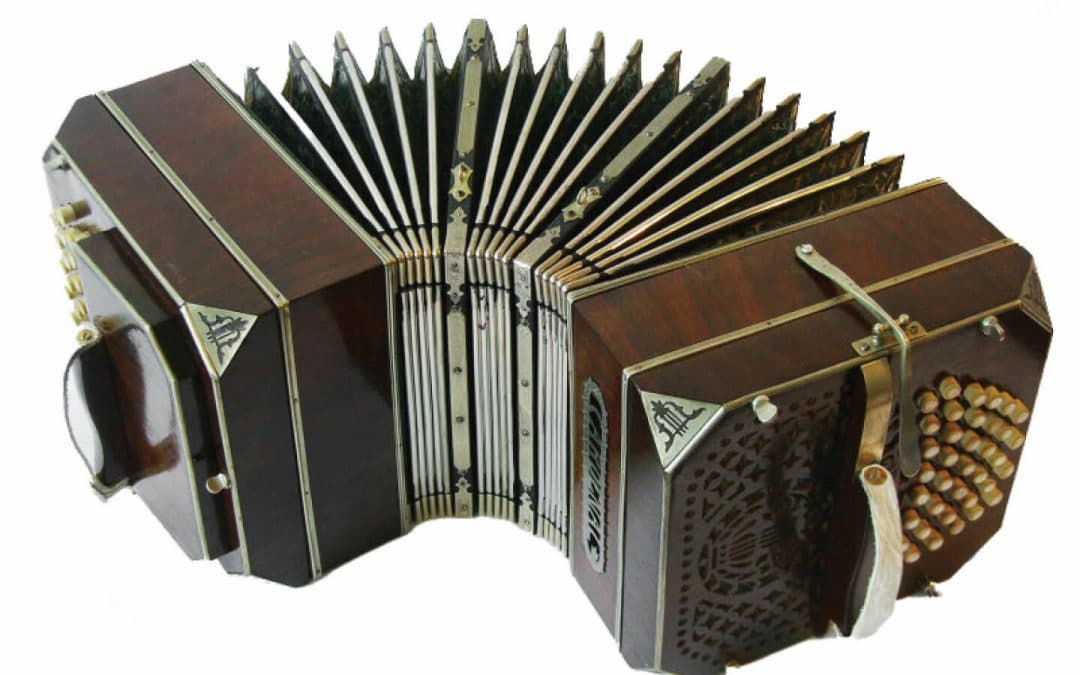
Bandoneón
The Bandoneón was actually named by the German instrument dealer Heinrich Band, and it was originally used as an instrument for religious and popular music of the day. Not to be confused with the German concertina, the bandoneón was brought to Argentina by German and Italian emigrants and sailors in the 1870s. It soon became part of incipient tango ensembles, and it produced its characteristic sounds by forcing air through bellows. Specific reeds are activated when the performer presses the buttons on the instrument. When Piazzolla received his first bandoneón, he complained bitterly. “The tango was the music my father listened to almost every night when he returned from work, and I did not like it.” The rest, as they say, is history. And that history includes a Concerto for Bandoneón, String Orchestra and Percussion composed in 1979. That work carries the subtitle “Aconcagua,” supplied by the publisher. It simultaneously references South America’s highest mountain and Piazzolla’s greatest achievement as a composer. And by the way, tango elements feature most prominently in the first and the third movement.
Kalevi Aho: Theremin Concerto “Eight Seasons”
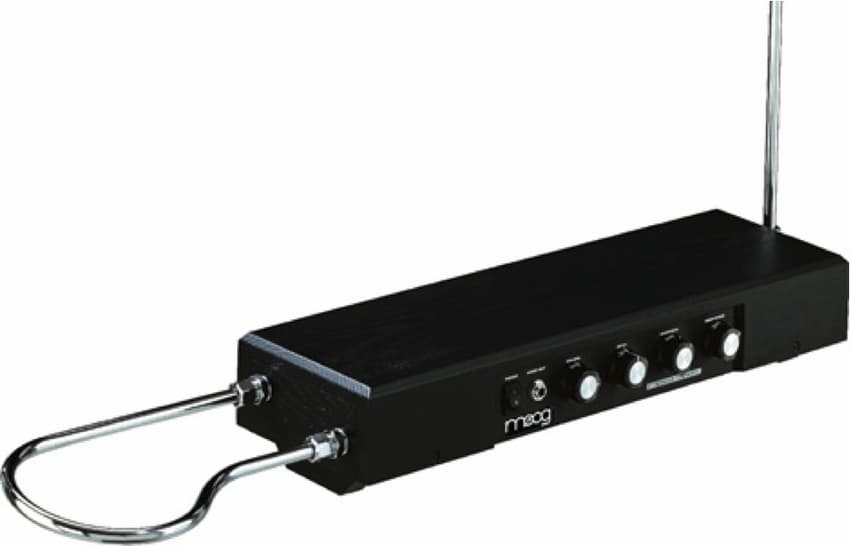
Robert Moog’s Etherwave Theremin
The theremin is probably one of the most unusual musical instruments ever invented. In 1919, the 23-year-old scientist Leon Theremin was conducting government research on a sensor that could detect the human aura. He was actually working on a gas meter to measure the density of various gases when he heard a high squeal as his hand approached the gas meter. “And when he brought his hand back to his body and away from the machine, it was a slower and lower squeal.” Theremin became intrigued and constructed a freestanding musical instrument. By moving his hands through two electromagnetic fields surrounding two antennas, the relative position of the hands determines pitch and dynamic levels. Theremin entertained his lab colleagues with little melodies, and by 1920 demonstrated his invention to sold-out venues across Europe. Audiences were endlessly fascinated, but because it turned out to be quite challenging to play, the instrument was not a commercial success. While the classical music stage never really caught on, Hollywood did. In rapid succession, the theremin prominently featured in a number of sci-fi and horror motion pictures.
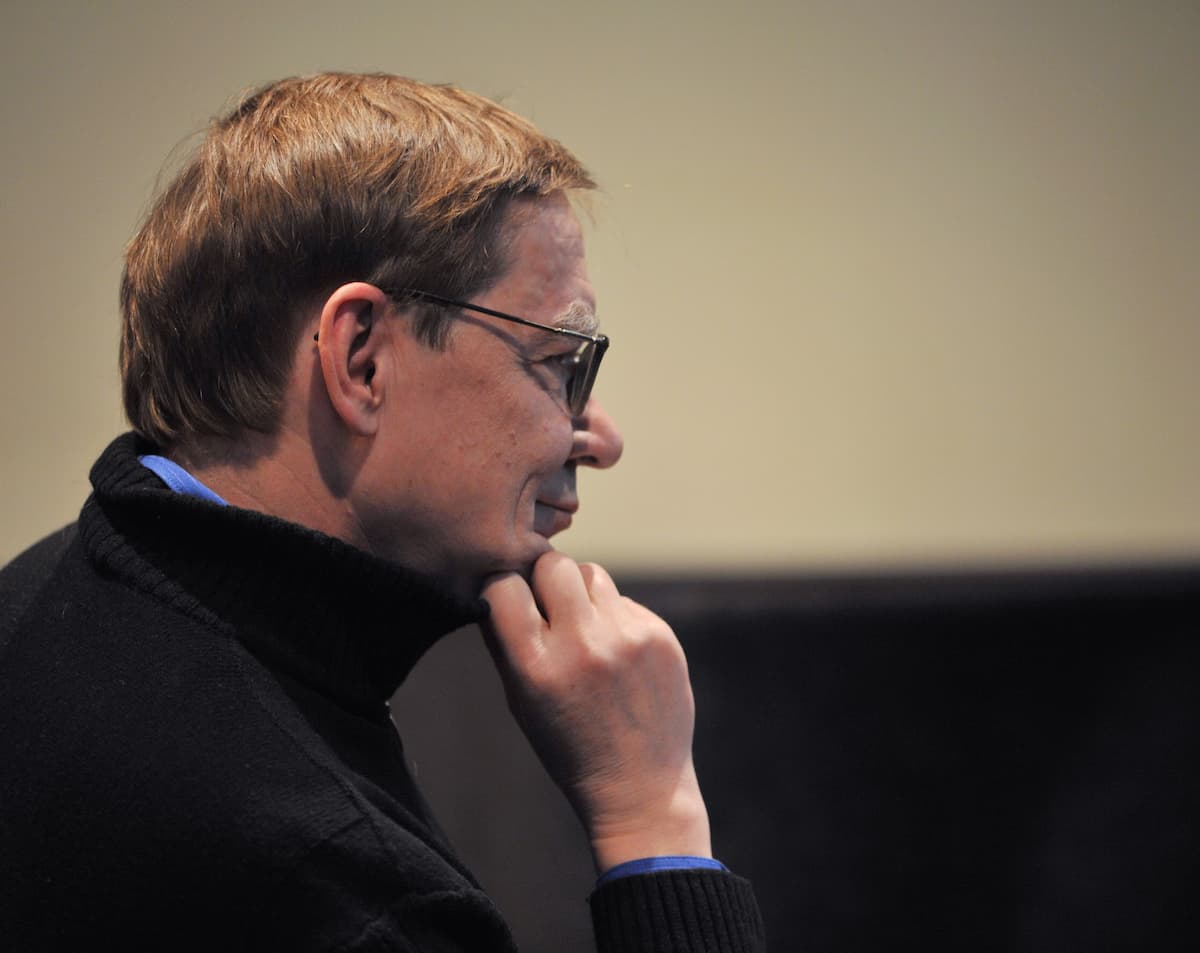
Kalevi Aho
Recently, the theremin has made a concert comeback in the hands of Finish composer Kalevi Aho. He studied violin and composition in Helsinki and Berlin and, encouraged by the theremin virtuoso Carolina Eyck, composed his Theremin Concerto in 2011. The composer writes, “When composing my Theremin Concerto, my starting point was vocal music, except that the range of the instrument is very much wider than that of a human voice. Thus, my Theremin Concerto always contains clear pitches or tonal anchor points that the player can rely on.” He also received a thorough induction into the instrument’s technique and its various possibilities from Eyck. “Carolina is also able to sing and play the theremin at the same time, and I have exploited this exceptional ability at several points in the concerto.” The work is titled “Eight Seasons,” and its eight movements are played without breaks. It makes reference to the ancient division of the year into eight sections by the Sami people, the original inhabitants of Lapland.
Kalevi Aho: Theremin Concerto “Eight Seasons” (Carolina Eyck, theremin; Lapland Chamber Orchestra; John Storgårds, cond.)
Huber: Hackbrett Concerto
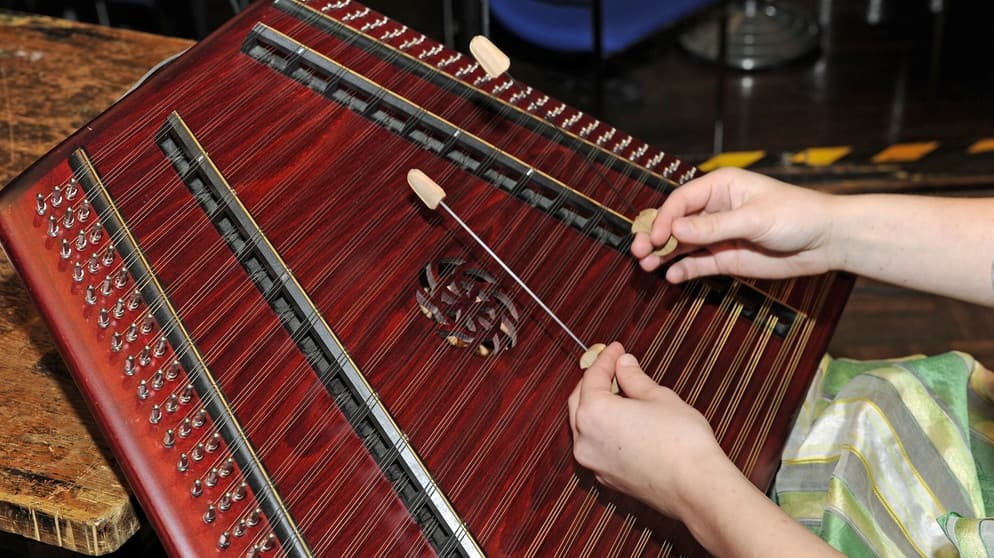
The hackbrett
A dulcimer is a stringed instrument, with the strings typically stretched over a trapezoidal resonant soundboard. The instrument is known under such names as “hammered dulcimer” in England, Scotland, and the United States, “Hackbrett” in southern Germany, Austria, and Switzerland, “Cimbalom” in Hungary, “Tambal” in Romania, and under various other names around the world. The strings of the dulcimer, other than the psaltery, are not plucked by fingers but struck by spoon-shaped mallet hammers, held by the performer one in each hand. These hammers are usually, but not always, made of wood, and the head can be double-sided. The bare side of the head produces a sharp attack sound, while the other side may be covered in leather or a softer material like a piano felt to produce a quieter sound.

Paul Huber
The hammered dulcimer is an ancient instrument that was extensively used during the Middle Ages in Europe and, long before that, in many parts of Asia. It was, and still is, extensively used in folk music around the world. The instrument saw a popular revival in the late 20th century, and the Swiss composer Paul Huber (1918-2001) brought it into the concert hall. Huber studied with Willy Burkhard in Zurich and with Nadia Boulanger in Paris. His extensive oeuvre includes numerous cantatas, oratorios, motets, and occasional music for choirs and for children. In addition, he also composed symphonies, chamber music and the famous Hackbrett Concerto in 1994.
Paul Huber: Hackbrett Concerto (Benno Bernet, hackbrett; Zürich Chamber Orchestra; Howard Griffiths, cond.)
Joan Tower: Concerto for Orchestra
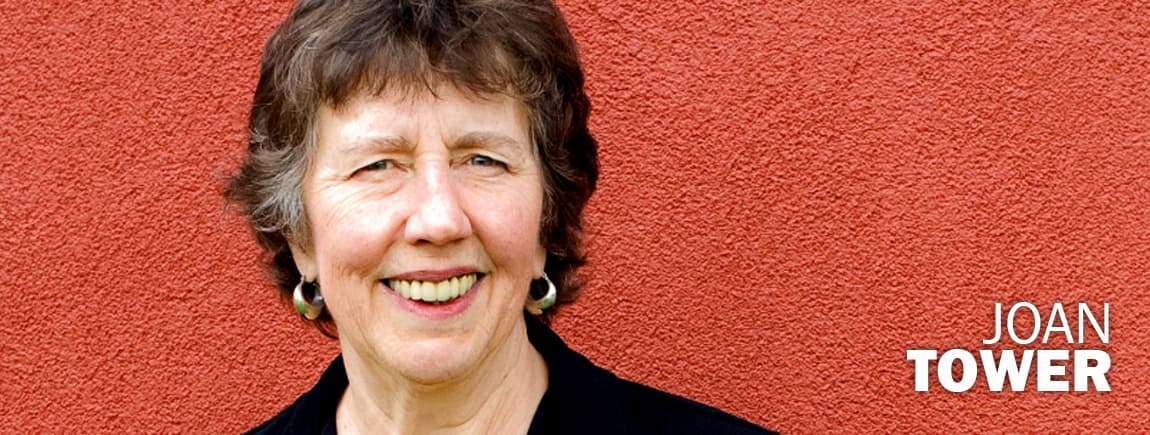
Joan Tower
Lauded as one of the most successful woman composers of all time, Joan Tower has made lasting contributions “to the musical life in the United States as a composer, performer, conductor, and educator.” She has paved the way for many female musicians, and her “bold and energetic music, with its striking imagery and novel structural forms, has won large, enthusiastic audiences.” Tower was the first woman to receive the coveted Grawemeyer Award in Composition in 1990. She was inducted in 1998 into the American Academy of Arts and Letters and into the prestigious Academy of Arts and Sciences at Harvard University in the fall of 2004. In her early compositions, Tower explored the serialist tradition in works featuring spare textures and chamber ensembles. She later turned towards the works of Olivier Messiaen and George Crumb, and her music became more colorful. In fact, it has “often been described as impressionistic.”
Concertos are usually scored for solo instruments and orchestra, but as Béla Bartók demonstrated in 1943, they can also be written for orchestra alone. In her Concerto for Orchestra, commissioned in 1991 by a consortium of orchestras, the St Louis Symphony, the New York Philharmonic, and the Chicago Symphony, Tower follows in the footstep of Bartók, She features the instruments of the orchestra in solos, pairs, and sections. Tower created her own subgroupings within the orchestra, explaining “…not only solos, but duos, trios, and other combinations of instruments form structural, timbral, and emotive elements of the piece.”
Joan Tower: Concerto for Orchestra (Nashville Symphony Orchestra; Leonard Slatkin, cond.)
Tan Dun: Water Concerto
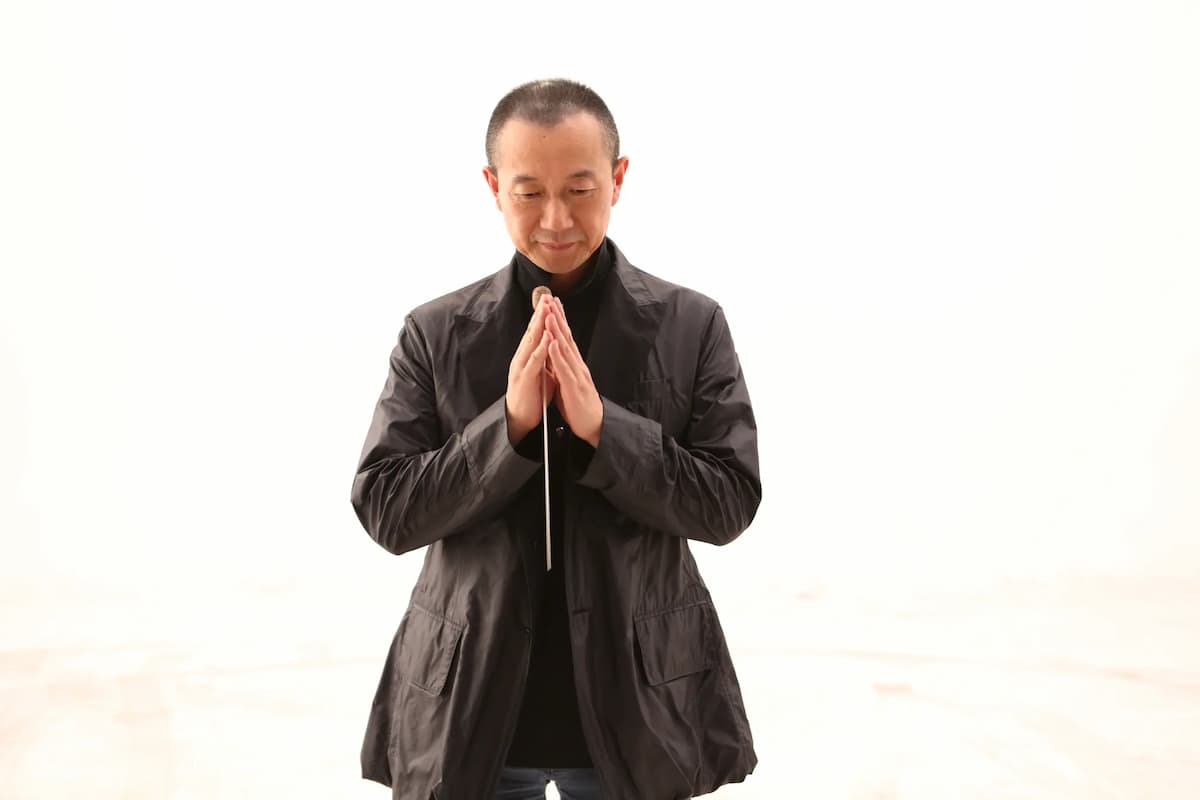
Tan Dun
As the UNESCO global Goodwill Ambassador, Tan Dun has made an indelible mark on the world’s music scene with his creative repertoire that spans the boundaries of classical music, multimedia performance, and Eastern and Western traditions. A winner of today’s most prestigious honors, Tan Dun’s music is played throughout the world by leading orchestras, opera houses, international festivals, and on radio and television. As a conductor, Tan Dun has led the world’s most esteemed orchestras, and as a global cultural leader, he uses his creativity to raise awareness of environmental issues and help protect cultural diversity. Primarily interested in creating new works and programs that reach a new and diverse audience, Tan Dun’s works reflect his individual compositional concepts and personal ideals. Among them are compositions that bring his memories of shamanistic ritual into symphonic performances and works that incorporate elements from the natural world into works for Multimedia & Orchestra.
In a series of concertos, Tan Dun explored the combined sounds of elements from his early memories of China—ceramics, water, and paper—with the orchestra. Part of the organic concept is the interconnectedness of music and the world around it. In the Water Concerto composed in 1998, performers use water from the city where they’re performing. Tan Dun uses the example of Beijing: “When the Water Concerto was performed there, the performers used polluted water from the city, but they used it to make these beautiful sounds. Every composer has been inspired by organic sounds.” Dedicated to Toru Takemitsu, the soloist in the Water Concerto manipulates the water in a basin with bowls, bottles, hands, and other devices.
For more of the best in classical music, sign up for our E-Newsletter


